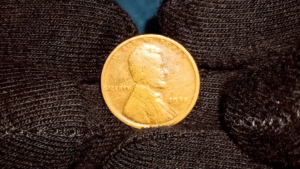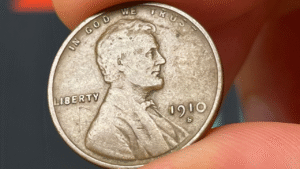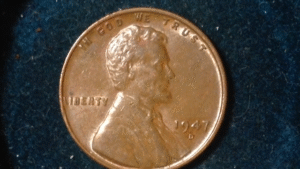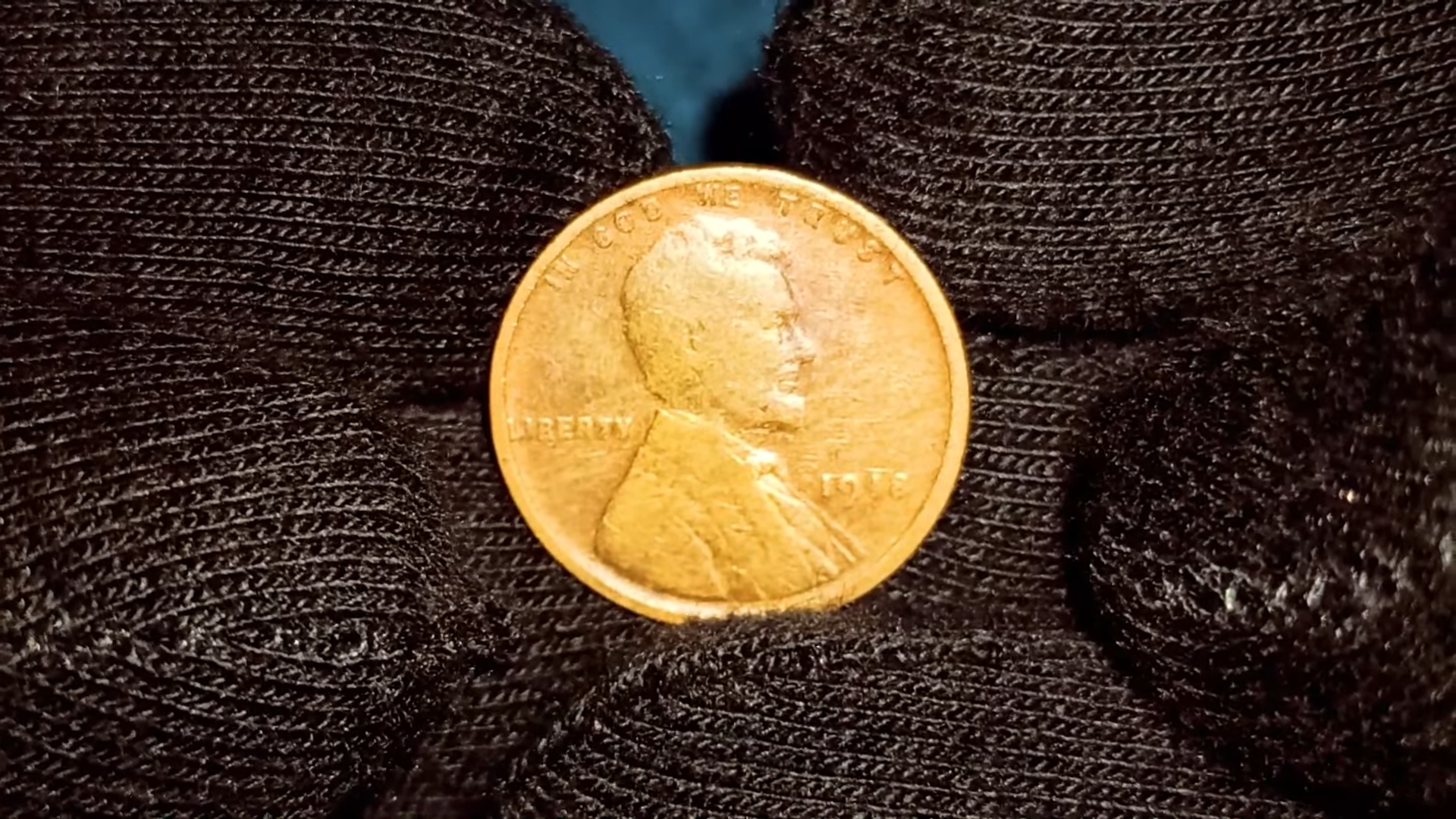A small copper coin sitting unnoticed in a drawer could be worth a fortune. That’s the story behind the 1943 Lincoln Wheat Penny, recently valued at an astonishing $4.4 million. Despite its incredible price tag, experts believe a few of these rare pennies may still be hiding in everyday circulation—perhaps in a coin jar, a forgotten wallet, or tucked away in a family collection.
The Story Behind the 1943 Lincoln Wheat Penny
The Lincoln Wheat Penny, minted from 1909 to 1958, holds a special place in American coinage history as the first U.S. coin to feature a real person—President Abraham Lincoln. Its reverse side bore two wheat stalks, giving it the nickname “Wheat Penny.”
In 1943, during World War II, the U.S. Mint made a crucial change: it switched from copper to zinc-coated steel to conserve copper for the war effort. However, by accident, a small number of copper blanks were mistakenly fed into the minting presses that year. The result? The 1943 copper Lincoln Wheat Penny—a rare minting error now considered one of the most valuable coins in U.S. history.
Why Is It Worth $4.4 Million?
Only about 15 to 20 authentic 1943 copper pennies are known to exist today. Their extreme rarity, combined with historical significance, makes them highly sought after by collectors. In recent years, one example fetched a staggering $4.4 million at auction, cementing its place among the most expensive pennies ever sold.
Here’s a quick comparison of its features:
| Feature | 1943 Steel Penny | 1943 Copper Penny |
|---|---|---|
| Color | Silver/grey | Reddish-brown |
| Magnetic | Yes (sticks to magnet) | No (doesn’t stick) |
| Composition | Steel coated with zinc | 95% copper, 5% tin/zinc |
| Estimated Value | 10¢ to $1 | Up to $4.4 million |
How to Identify a 1943 Copper Penny
Think you might have struck gold—or rather, copper? Here’s what to check:
- Look at the date: The coin should be marked 1943.
- Check the color: It should have a coppery, reddish-brown tone, not silver.
- Test it with a magnet: Steel pennies stick; copper pennies don’t.
- Weigh the coin: An authentic 1943 copper penny weighs about 3.11 grams—steel versions are lighter.
- Seek expert authentication: Have the coin evaluated by a professional coin grading service like PCGS or NGC to confirm authenticity.
Could It Still Be in Circulation?
It’s possible. Over the decades, these rare pennies may have unknowingly been passed down through generations, mixed into piggy banks, or spent as ordinary change. Many experts believe a few could still be sitting unnoticed in homes across America—and maybe even beyond.
What to Do If You Have One
If you believe you’ve found a 1943 copper Lincoln Wheat Penny, don’t rush to sell it at a local pawn shop. First, get it professionally authenticated and graded. Once verified, you can explore selling it through reputable coin dealers, private collectors, or prestigious auction houses where it could command a premium price.
Remember: A genuine 1943 copper penny could change your financial future.
The incredible value of the 1943 Lincoln Wheat Penny serves as a reminder that sometimes, extraordinary treasures come in the smallest packages. Before you overlook that old penny, take a closer look—you might just be holding history in the palm of your hand.
FAQs
How do I know if my 1943 penny is copper or steel?
Check the color and test it with a magnet. A copper penny will look reddish-brown and won’t stick to a magnet, while a steel penny will appear silvery and will stick.
Is a 1943 steel penny worth anything?
A 1943 steel penny in average condition is worth about 10¢ to $1. In uncirculated or error conditions, it might fetch slightly more but nowhere near the copper version’s value.
How many 1943 copper pennies exist?
Experts estimate only 15 to 20 genuine 1943 copper Lincoln Wheat Pennies are known today.
Can I sell a rare penny internationally?
Yes, rare coins can be sold internationally, but it’s essential to work with reputable dealers or auction houses familiar with global transactions.
Where should I authenticate my penny?
Consider professional services like the Professional Coin Grading Service (PCGS) or Numismatic Guaranty Company (NGC) for reliable authentication and grading.










